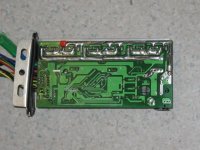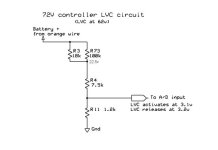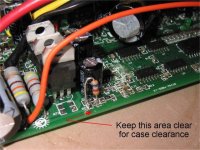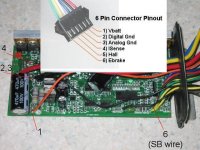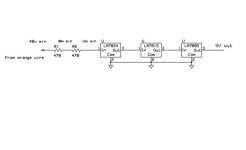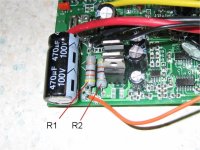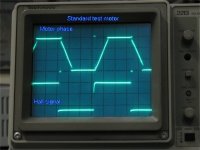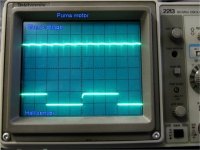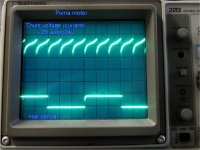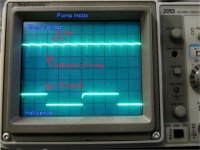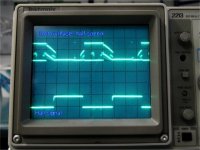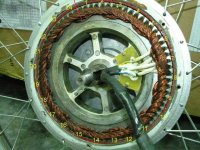Knuckles said:What a great freakin idea!gip_mad said:You should ask fetcher to post this link on the FIRST post in this topic, so new guys (and us when they ask for it) doesn't have an hard time finding it... :wink:Knuckles said:Just follow my instructions here and it WILL ALWAYS WORK PERFECT!
http://endless-sphere.com/forums/viewtopic.php?f=16&t=3484#p81888
Oh please "Great Fechter - Ruler of thy ES Realm" ... Thou please grant us this wish! Thou newb surfs beg thee!
The following are details on the "Shenzhen Sucteam Technology Co., LTD" controller sent over by Knuckles. A discussion and history are in this thread: http://endless-sphere.com/forums/viewtopic.php?f=2&t=4109
Apparently this is very similar to the one used by Goldenmotor and possibly others.
The example I have was labeled:
Model: BL7228
Rated voltage: 72v
Max current: 28A
Rated power: 1000w
Low voltage: 62v
Here's the outside:

Opening the the case. Just remove the screws to remove the end plate.
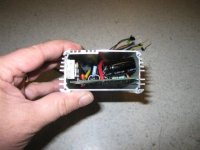
Board top side:
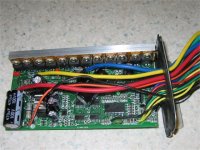
Board bottom side:
